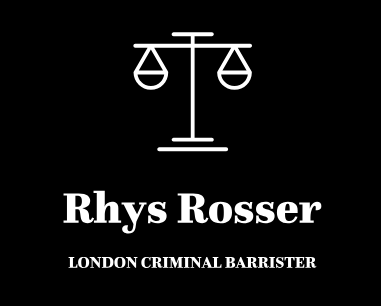Fraud and Money Laundering
Rhys explains the legislative provisions and some common offences in this area.
Fraud by False Representation
A person is in breach of Section 2 of the Fraud Act 2006 if he—
- dishonestly makes a false representation, and
- intends, by making the representation—
- to make a gain for himself or another, or
- to cause loss to another or to expose another to a risk of loss.
Value Added Tax Act 1994
This creates an offence where any person is knowingly concerned in, or in the taking of steps with a view to, the fraudulent evasion of VAT by him or any other person.
The evasion of VAT is described in subsection (2) as being the following:
- the payment of a VAT credit; or
- a refund under section 35, 36 or 40 of this Act or section 22 of the 1983 Act; or
- refund under any regulations made by virtue of section 13(5); or
- a repayment under section 39.
Subsection (10) states as follows:
If any person acquires possession of or deals with any goods, or accepts the supply of any services, having reason to believe that VAT on the supply of the goods or services, on the acquisition of the goods from another member State or on the importation of the goods from a place outside the member States has been or will be evaded, he shall be liable
Money Laundering
The following are the principal ‘money laundering’ offences:
Section 327 POCA – Concealing
The following acts form an offence pursuant to Section 327 (1):
- conceals criminal property;
- disguises criminal property;
- converts criminal property;
- transfers criminal property;
- removes criminal property from England and Wales or from Scotland or from Northern Ireland.
It is clear from the above that in order for a money laundering offence to be made out, the property that is subject of the action must be criminal property.
Section 328 - Arranging
A person commits an offence if he enters into or becomes concerned in an arrangement which he knows or suspects facilitates (by whatever means) the acquisition, retention, use or control of criminal property by or on behalf of another person.
Once again, this requires the underlying funds to be criminal property.
Section 329 – Acquisition, Use and Possession
As per Section 327, a person commits an offence in respect of any of the following:
- acquires criminal property;
- uses criminal property;
- has possession of criminal property.
It is clear that this requires the underlying property to be criminal in nature.
What is the meaning of Criminal Property?
Section 340 (3) provides that property is criminal property if:
- it constitutes a person’s benefit from criminal conduct or it represents such a benefit (in whole or part and whether directly or indirectly), and
- the alleged offender knows or suspects that it constitutes or represents such a benefit.
- It is immaterial who carried out the conduct and/or who actually benefited from it.
Criminal conduct is defined as conduct which would either constitute an offence in the UK or would constitute an offence if it had taken place in the UK.
It was confirmed in the case of R v Saik [2006] UKHL 18 that where a conspiracy is charged, there must be an intention that the property to be laundered be criminal property, if the agreement is made prior to the property being identified. As a result, knowledge at an early stage that the property is to be “criminal property” is required.
The leading case as to the Prosecution being required to prove that property is a person’s benefit is “criminal conduct” is R v Anwoir [2008] EWCA Crim 1354. It was held that the prosecution may prove that property is ‘criminal property’ by either:
- showing that it derived from conduct of a specific kind or kinds and that conduct of that kind was unlawful, or
- by evidence that the circumstances in which the property was handled were such as to give rise to an irresistible inference that it could only have been derived from crime.
It was confirmed in R v Montila [2004] UKHL 50 that the Prosecution must prove that the underlying property was criminal property and that the Defendant knew or suspected the same.
